Every few days, in a very specific area of the clinic, I notice an intricate spider web.
It’s silken threads form an incredible lattice of amazing beauty and engineering ingenuity. It comes complete with structural supports, kitchen area, living room and an array of the other amenities that would make any spider lucky to call such luxurious accommodations, home.
And every few days, I take it down.
I feel bad. I really do.
I can appreciate the hard work that went in to building such a functional structure. And I do understand that those spiders, and their webs, play a role in trapping the myriad of annoying insects that one will find in urban life.
But that doesn’t stop me and down the web goes.
Duster 1 – Spider web 0
Until just a few days later, when seemingly overnight, a new bigger, grander web has taken its place. With more silk. With more living space. With more effort.
What can we learn from this spider?
In this seemingly endless battle between me and Charlotte’s kin, there will be no winner, but we both will persevere. A battle of the ages.
And that is the lesson here.
Perseverance.
Each time I “bring down the house”, that spider doubles down and rebuilds. Unfortunately for me, it doesn’t quit, or give up, or even move to my neighbour’s unit. It stands its ground. And each time, the results are more spectacular that the previous.
Duster 1 – Spider web 1
Imagine we use the same mindset when dealing with with our human performance or injury rehabilitation goals?
Imagine we kept working at improving our physical limitations or deficiencies by exercising diligently? By endeavoring to regularly eat fresh, healthy, nutritious foods?
Imagine we consistently worked on building strength, endurance or stamina without stopping at every obstacle or set back? Imagine the foundational structure we could build.
Imagine the web we could weave…



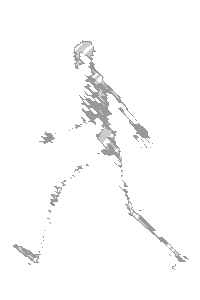



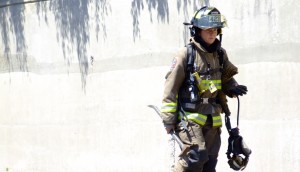
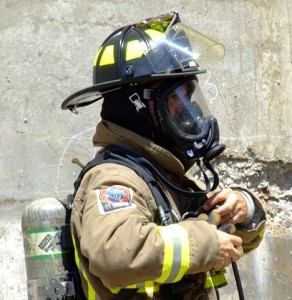
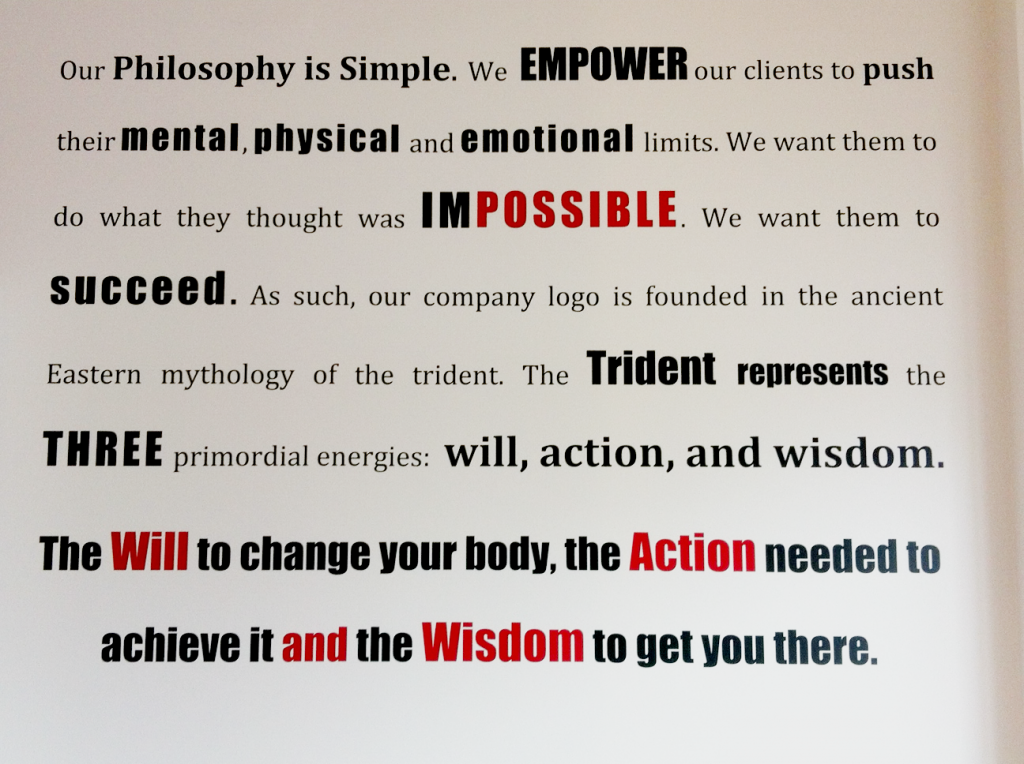
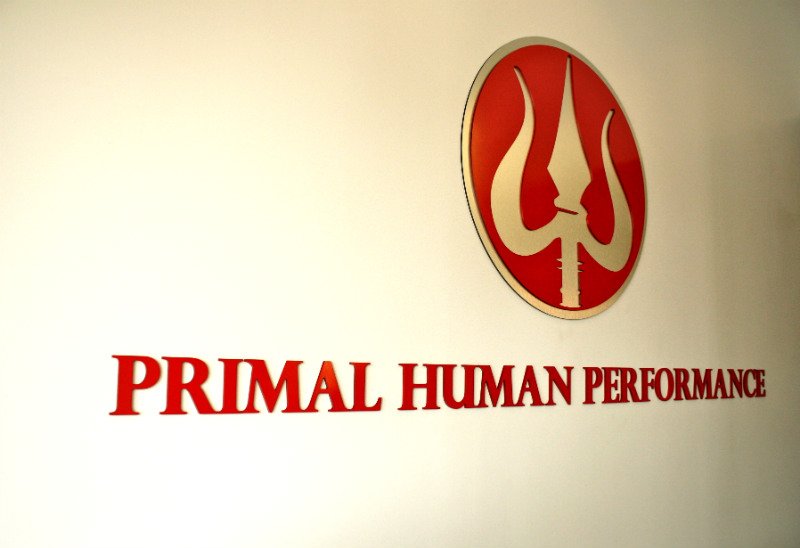


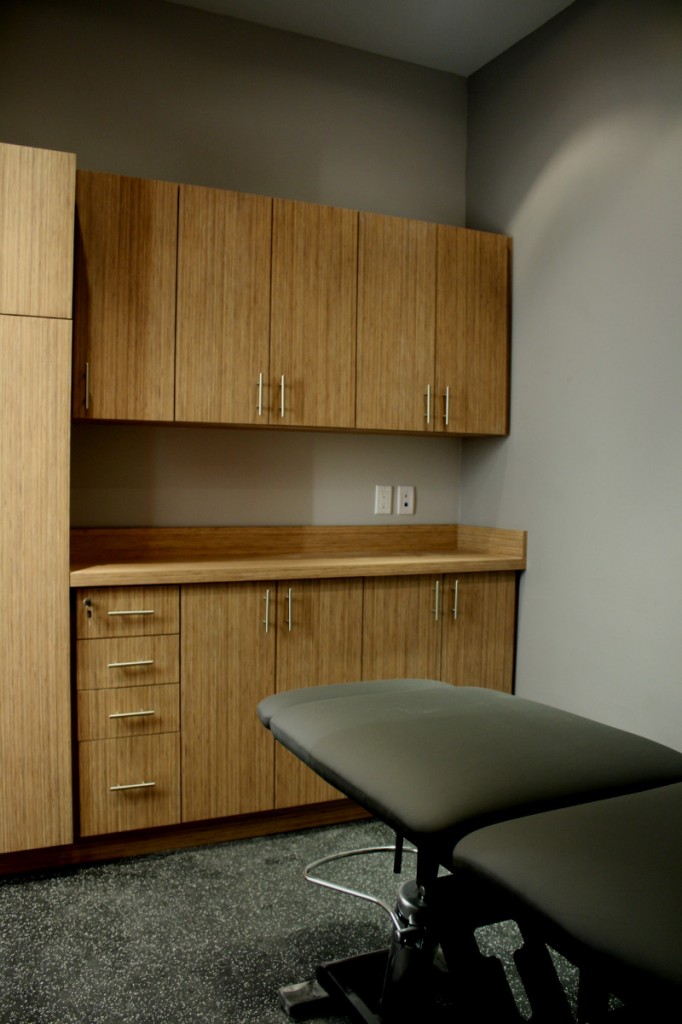


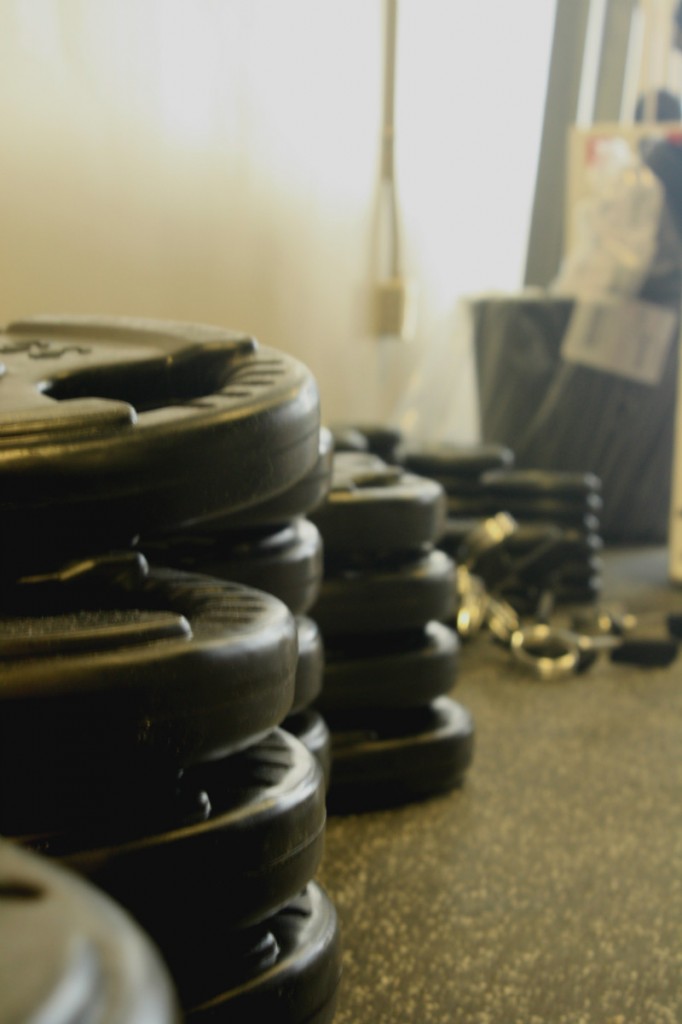
(inside Peak Performance Golf)